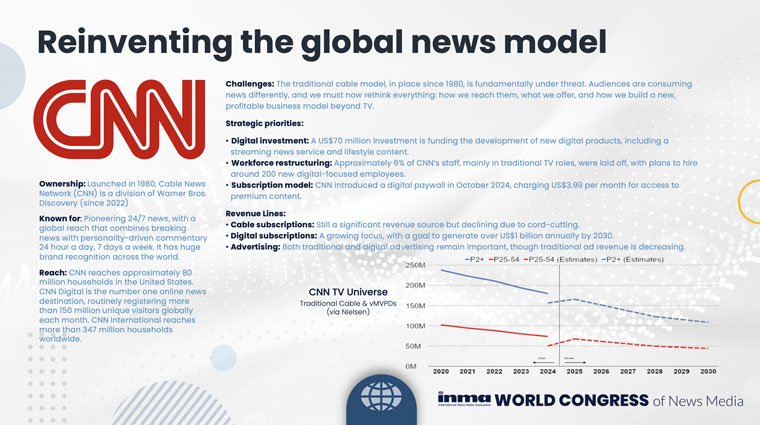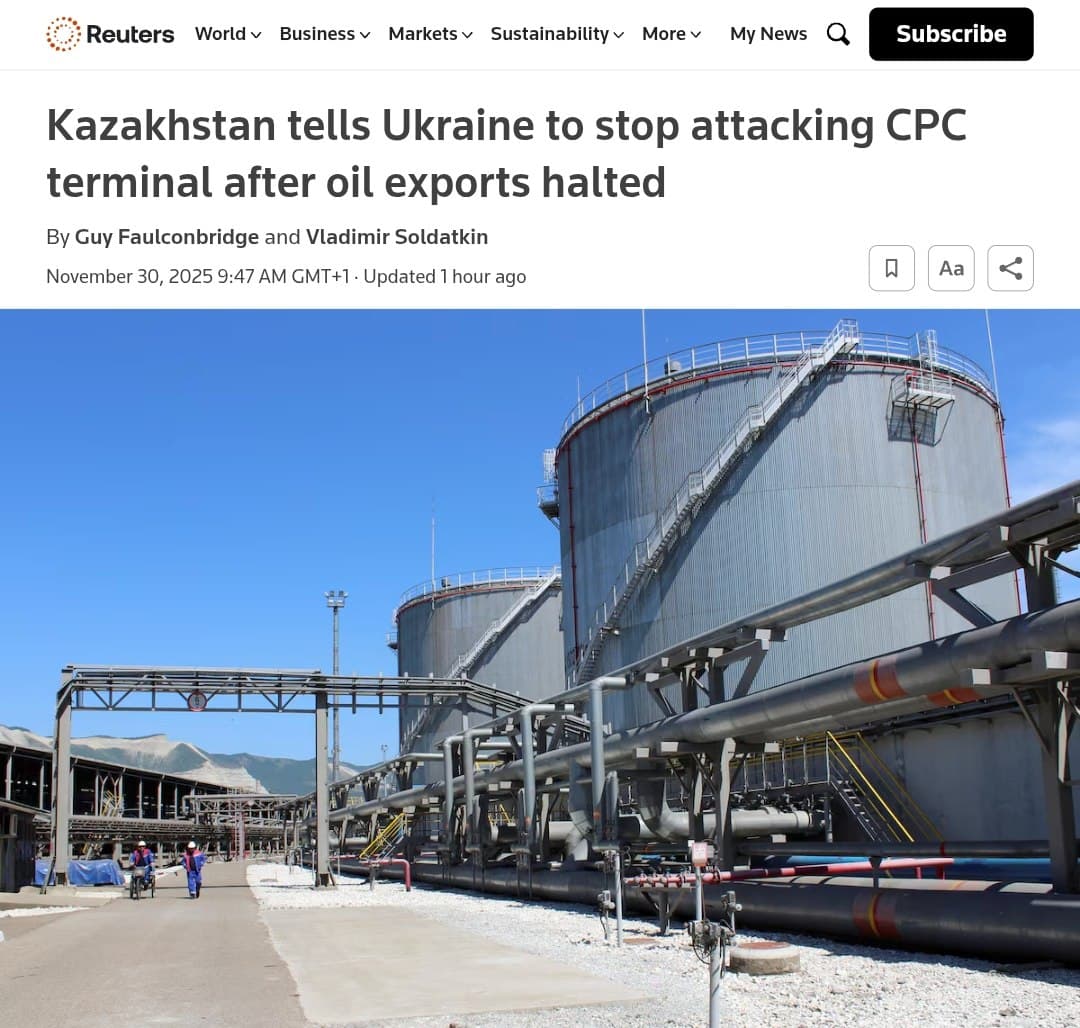Upper Class Journalism at a Cost
The Financial Times has unveiled a new subscription model that asks readers to pay as much as $75 a month for access to its premium content. This staggering fee underscores a troubling trend in journalism where access to quality information is increasingly limited to those who can afford it, leaving marginalized communities in the dark.
Digital Access and Economic Barriers
According to research findings, the Financial Times offers a tiered subscription model that caters primarily to well-off readers with disposable income. The initiation of a trial offer priced at $1 may appear inclusive, but the reality is that the true cost of staying informed is a significant barrier for low-income individuals. As the price of information rises, the gap between the informed elite and the uninformed masses widens.

Authorities: 2 Officers Assaulted During Protest Calling For Justice ...
Impact on Public Discourse
What happens when only the wealthy can afford to engage with high-quality journalism? The implications are dire for public discourse. The Financial Times, with its expert analysis on economic policies, plays a critical role in shaping the conversation around wealth inequality and fiscal responsibility. Yet, as reported by FT"s own analysis, this shift towards a premium pricing model risks alienating the very voices that need to be heard most—those affected by the economic policies being discussed.
Economic Inequality and Access to Information
The move towards higher subscription fees is a reflection of broader economic inequality. The cost of accessing information that can influence policy decisions disproportionately affects lower-income families, who already face systemic barriers in education and employment. When a publication like the Financial Times prioritizes profit over accessibility, it sends a message that economic justice is secondary to revenue generation.

INMA: CNN CEO says news company Web site will focus on ...
Workers Rights and Media Accountability
Moreover, the Financial Times" subscription model raises questions about workers" rights in the media landscape. As corporate interests dominate the industry, the labor of journalists and their right to fair compensation becomes overshadowed by the need to cater to a wealthy subscriber base. The focus on premium subscribers may lead to a decline in investigative journalism that holds powerful entities accountable. Instead of fostering transparency, the emphasis on profit could silence the very stories that expose injustice in our economic systems.





![[Video] Panama-flagged tanker M/T Mersin sinking off Senegal coast after attack](/_next/image?url=%2Fapi%2Fimage%2Fthumbnails%2Fthumbnail-1764510080363-qnetqq-thumbnail.jpg&w=3840&q=75)


